Sashiko Pattern Kagome
Learn all about the traditional Japanese sashiko pattern kagome 籠目, which means "woven bamboo basket eyes." | Sashiko Pattern
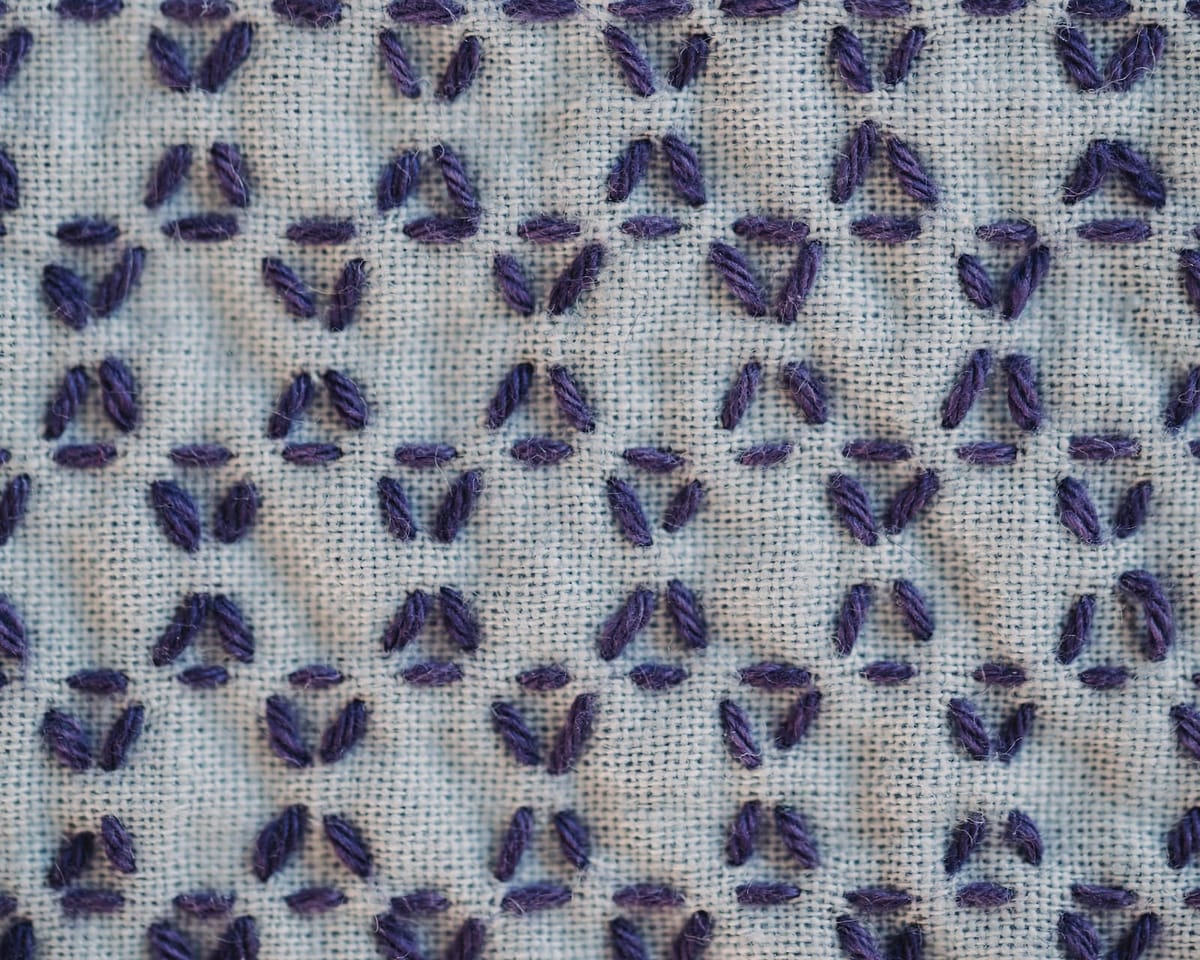
The traditional Japanese sashiko pattern kagome 籠目 means "woven bamboo basket eyes." The "eyes" refer to the holes in the pattern. It is also referred to as trihexagonal tiling in English.
The kagome pattern is common in bamboo weaving in East Asia. The oldest known bamboo basket was found in 2022 in Chongqing, China. It is more than 2.200 years old!! That's how long these baskets have inspired patterns!
The kagome pattern on the photo above is hitomezashi 一目刺し, but there is a kagome moyōzashi 模様刺し version, too.
Hitomekagome 一目籠目 is another popular variation of the pattern. Actually, both patterns can be referred to as “kagome,” but to make a distinction on my blog, I refer to the other pattern with the additional “hitome.” Sorry if that's confusing.
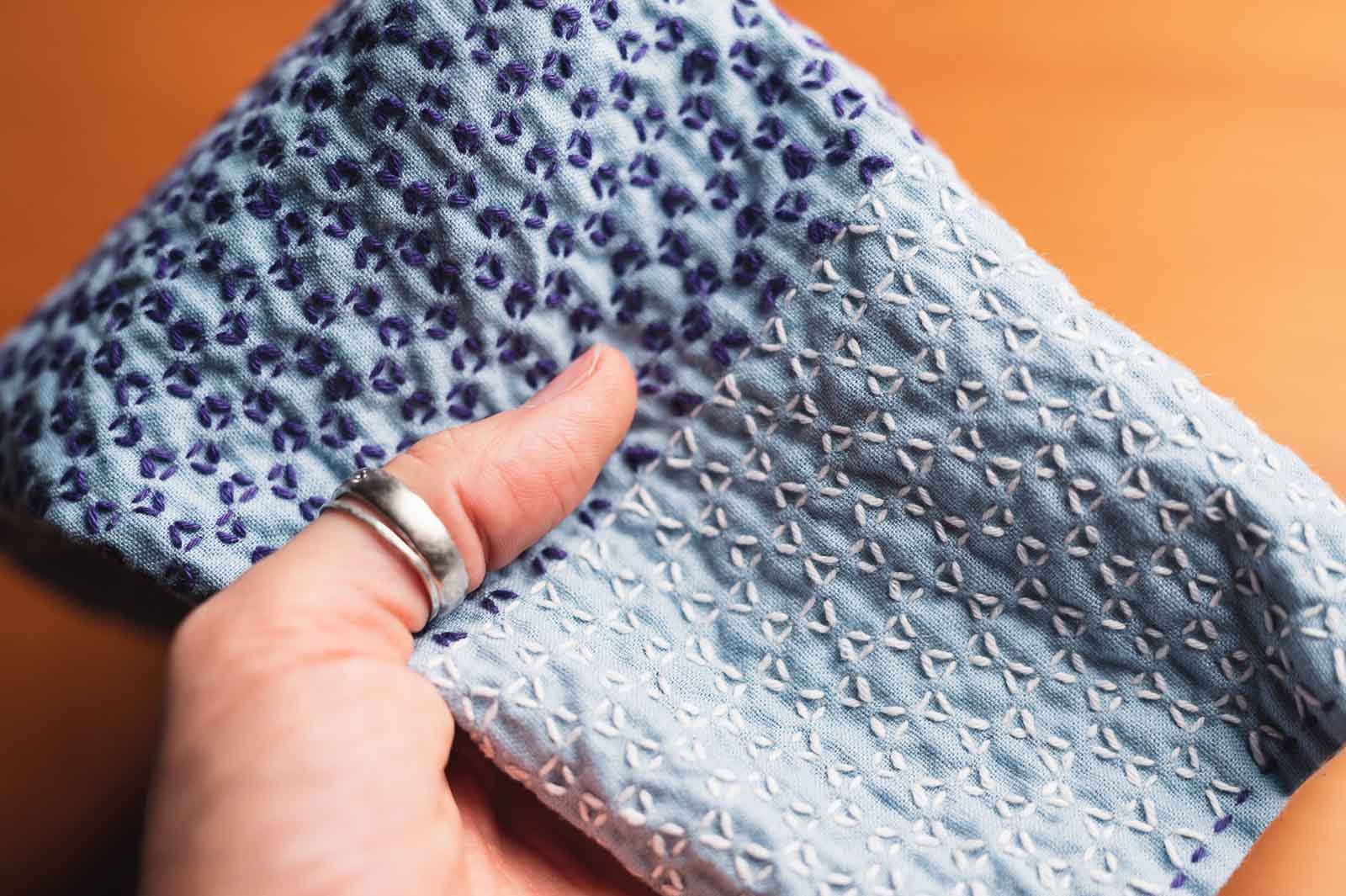
There is also a moyōsashi version of this pattern, which can be glimpsed here next to a manekineko:
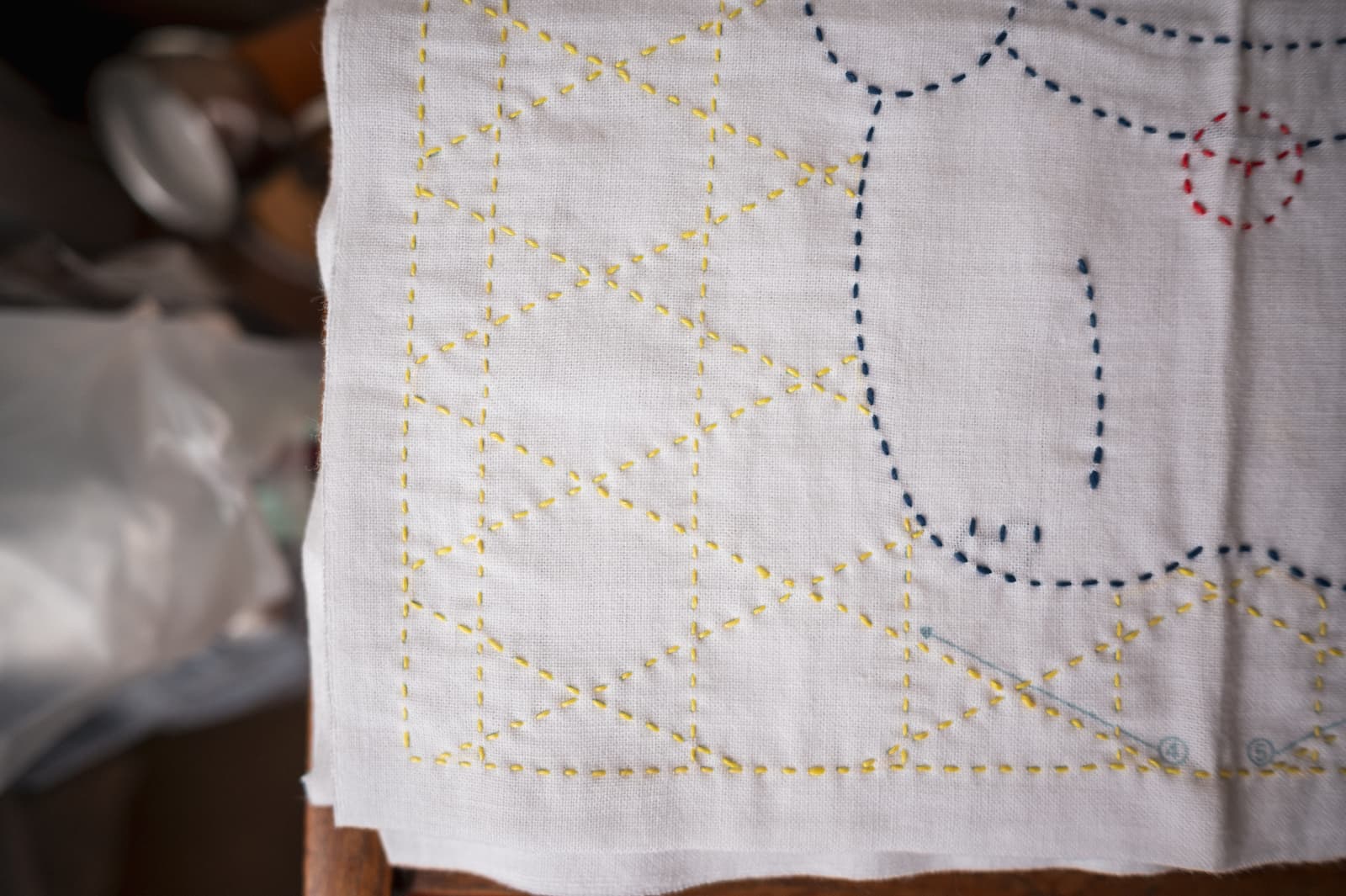
Meaning of the sashiko pattern kagome
In Japan, evil spirits and malicious ghosts are thought to hate being looked at with a steady gaze. Kagome is the Japanese pattern to keep you safe from harm.
With its many "eyes", kagome is said to watch out for you and keep all evil that hates to be stared at away.
On top of that, triangles facing up and down are also said to keep evil at bay. Source in Japanese
In old Japan, people would hang woven bamboo baskets outside the entrance of their house to make use of this effect. Sometimes, kagome, or a variation of the pattern, would be printed on cards to reap its evil-repelling benefit.
The pattern is also said to bring balance to opposing powers like light & dark, yin & yang. Source in Japanese
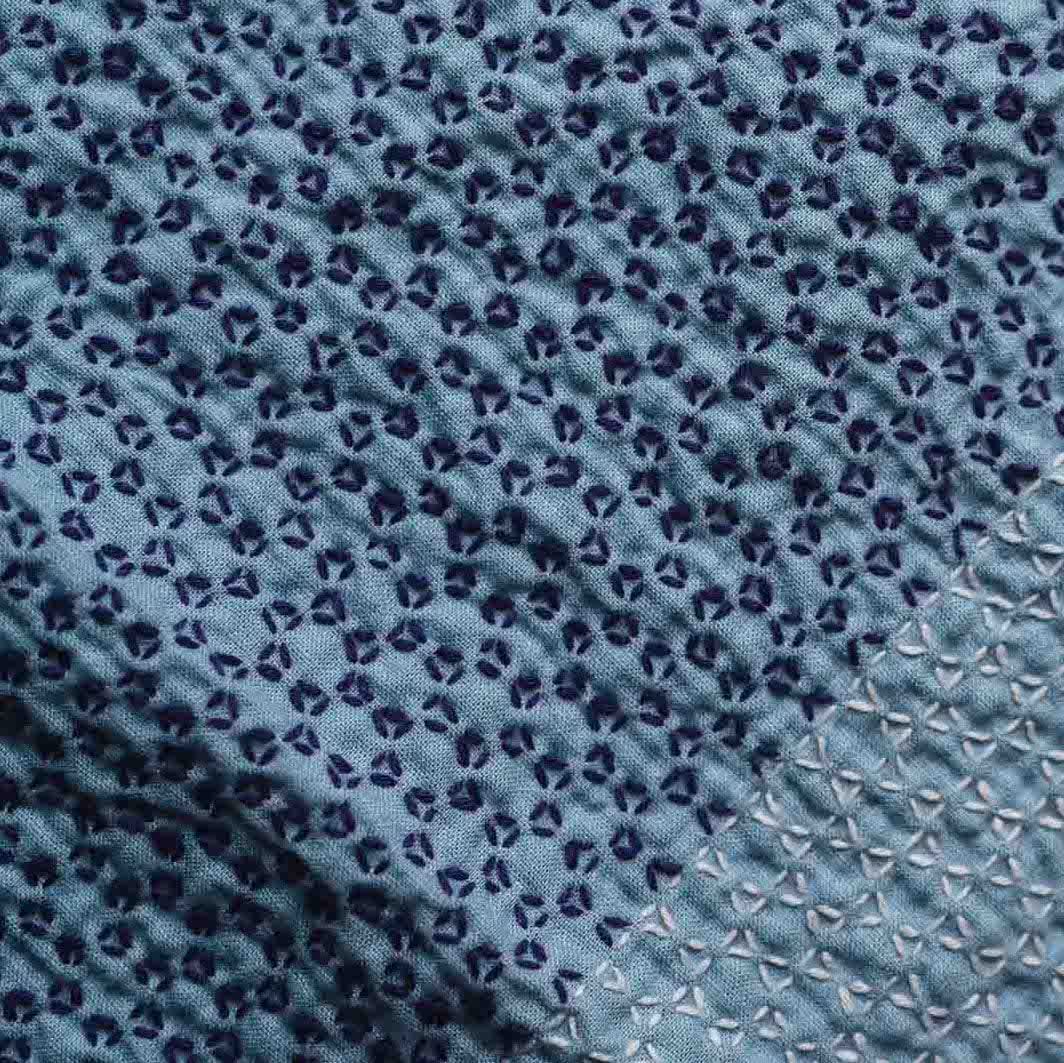
Stitching advice for the sashiko pattern kagome
The kagome pattern is stitched with straight lines coming from three different directions. Though it takes some time, it is easy to stitch and thus perfect for beginners.
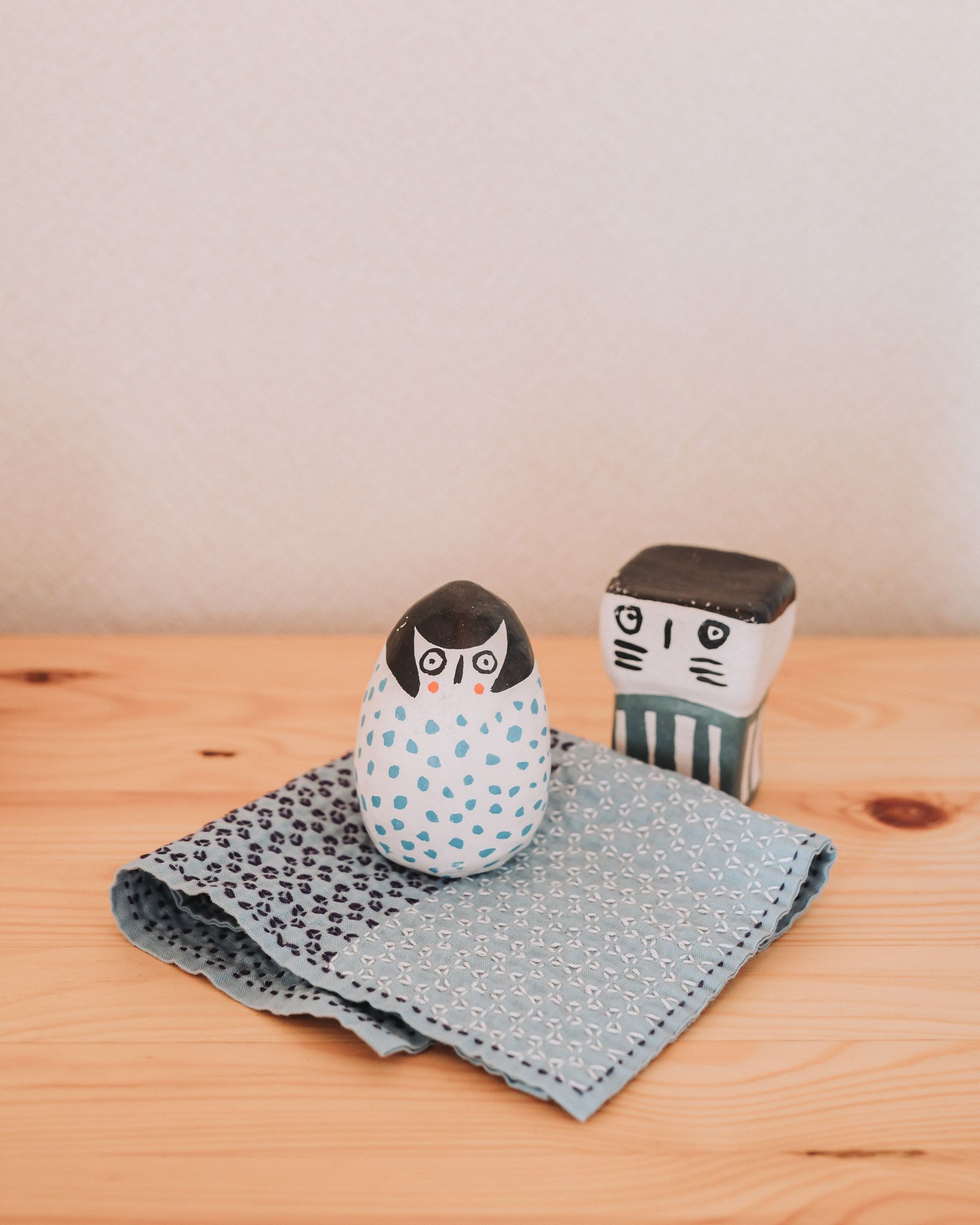
Because it is a hitomezashi pattern, even the stitch length is easy to get right.
Stitches on the Run is reader-supported. When you buy through links on my site, I may earn an affiliate commission. It doesn't cost you anything extra but it helps keep my blog and my stitches running. Thanks!
If you want to stitch it perfectly, try not to catch any of the threads running across the back when stitching the second and third direction lines. It's no problem if you do catch threads and divide them, but the left side looks neater if you don't.
I'd rather catch threads on the back instead of missing out on fun while stitching. You do it your way, I do it my way. That way we're all happy!
A somewhat more difficult related pattern is the version of the sashiko pattern kagome.
I haven't found a pre-printed cloth with this pattern available online, but if you need some help with it, it is featured in Susan Briscoe's "The Ultimate Sashiko Sourcebook."
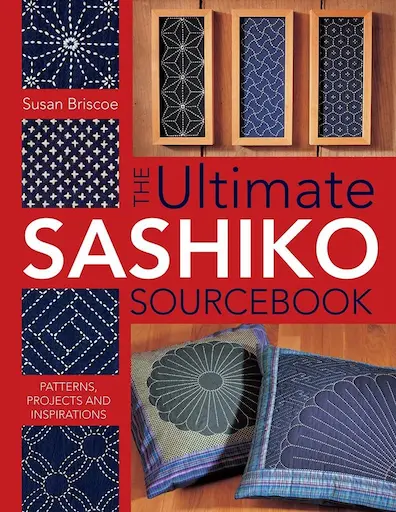
Susan Briscoe's "Ultimate Sashiko Sourcebook"
It has quite a few patterns with stitching instructions and also some insights into sashiko's history.
If you are new to sashiko, you can learn all the basics you need to get started with sashiko here.
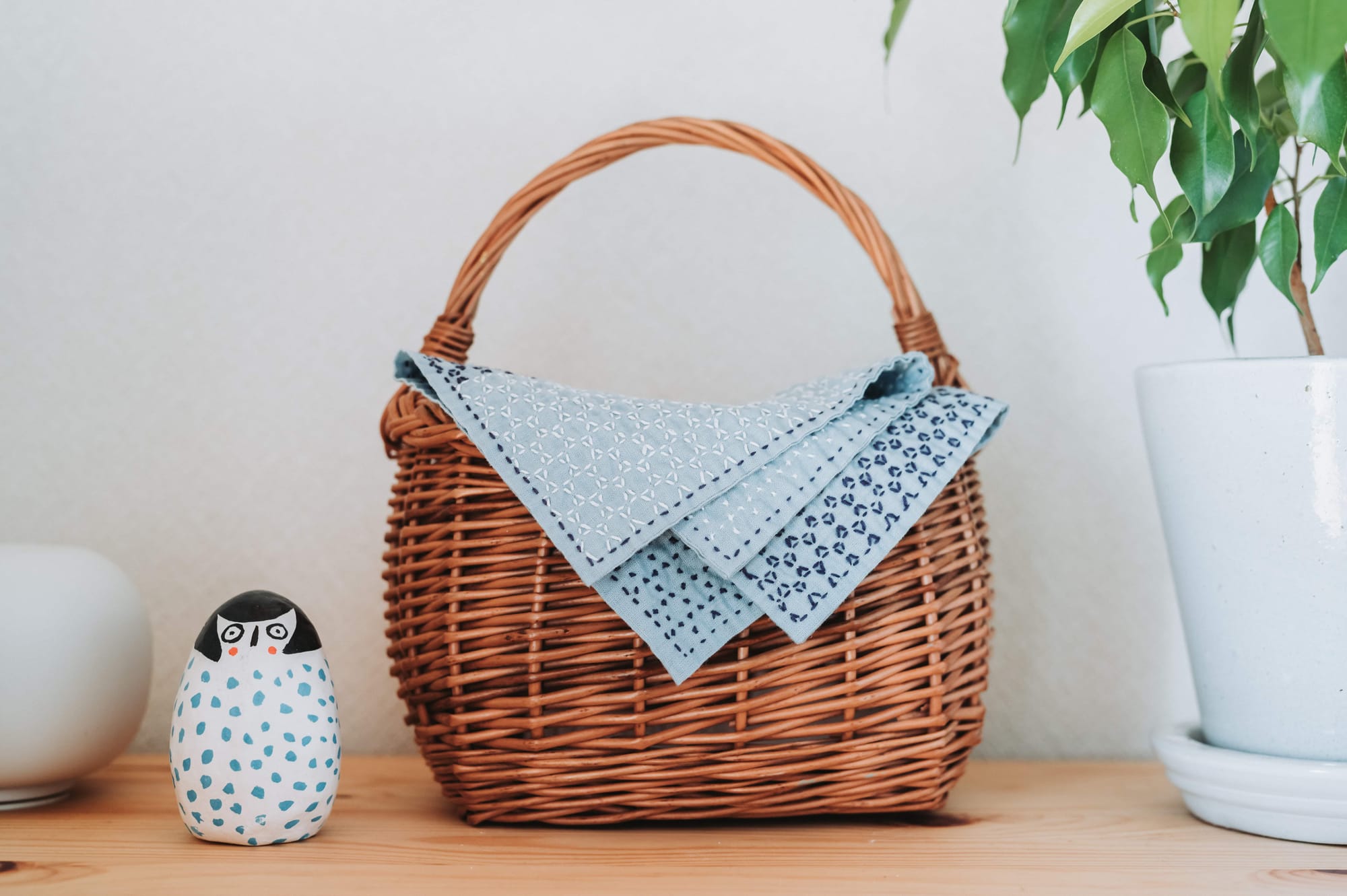



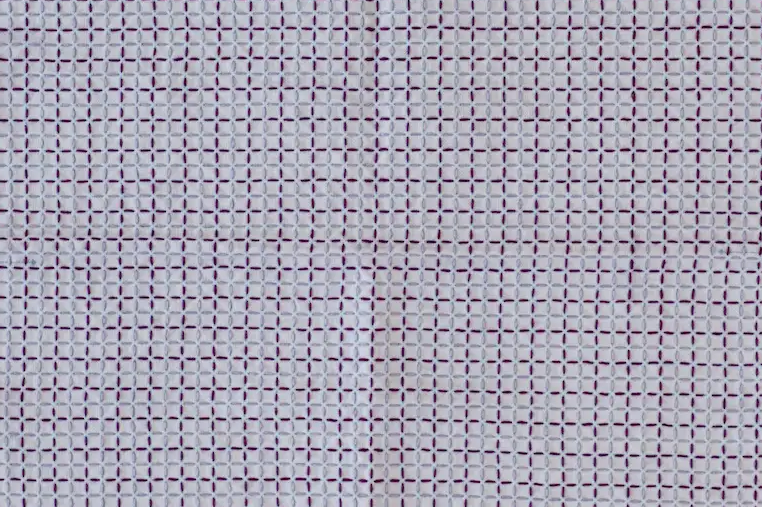
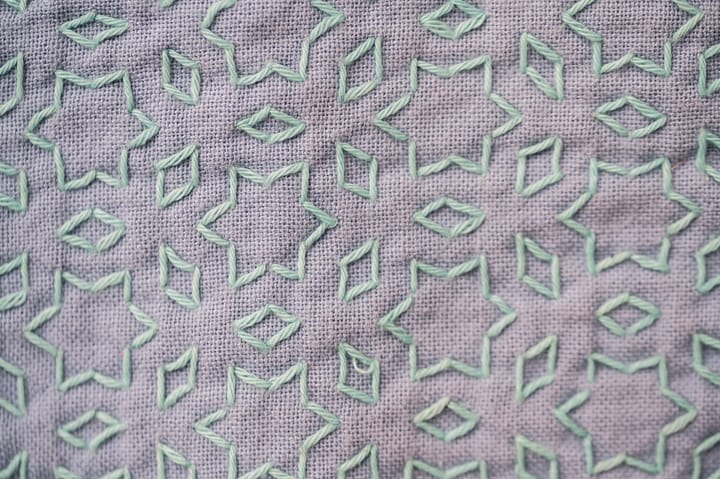
Comments ()